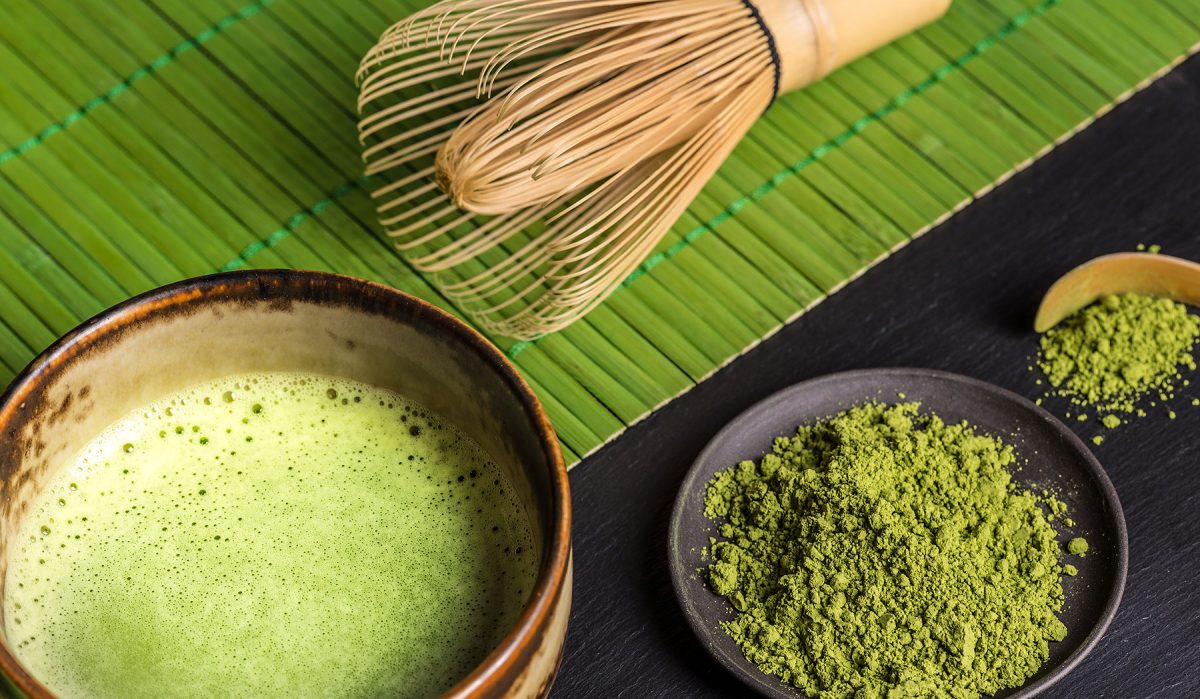Green tea is a common beverage served at Japanese restaurants and homes. Rich in flouride and antioxidants, it is perhaps the key to why Japanese cuisine is considered one of the world’s healthiest.
Because most of the islands that comprise the nation of Japan are mountainous and the weather is quite humid and wet, the plant from which tea is harvested, camellia sinensis, is plentiful.
The highest quality of green tea is gyokuro. Unlike the other types mentioned here, it is milder in flavour and requires a longer steeping time; it takes about 3 minutes to steep.
Other types are sencha or bancha. Sencha is a tea made from the tender leaves of the tea plant. The leaves are steamed then dried with hot air during which they are rolled to form the shape they are in when packaged for selling.
Another lesser quality of tea but still popular is bancha. Bancha is made usually by roasting older leaves and twigs, and is common in rural areas of Japan.
Finally, there is matcha. Matcha is a powdered fine quality green tea that is quite bitter. You will find that it is often a feature ingredient in many Japanese desserts. It is often reserved for tea ceremonies and as an accompaniment for traditional Japanese desserts such as yokan (azuki gelatin).
Additives are often added to any of the tea types mentioned, whether it be for fragrance or for flavour. Genmai cha is a common example, where any variety of green tea is combined with popped unpolished rice. It has pleasant popcorn overtones, almost overwhelming the green tea flavour.
When making green tea, make sure to never steep it too long. Green tea is very delicate, and only requires under a minute to steep, except for gyokuro which requires longer. The water should not be boiling either, but rather after boiling, let it rest so the temperature can drop to an optimal temperature of 85 degrees celcius.
In most restaurants, cold oolong tea is commonly served in the summer. For a nation of tea drinkers, cold tea is often believed to be more refreshing than water.
However, in recent years, coffee has been gaining popularity, cold or hot. But you will find more vending machines selling tea than coffee on the streets of Japan.
